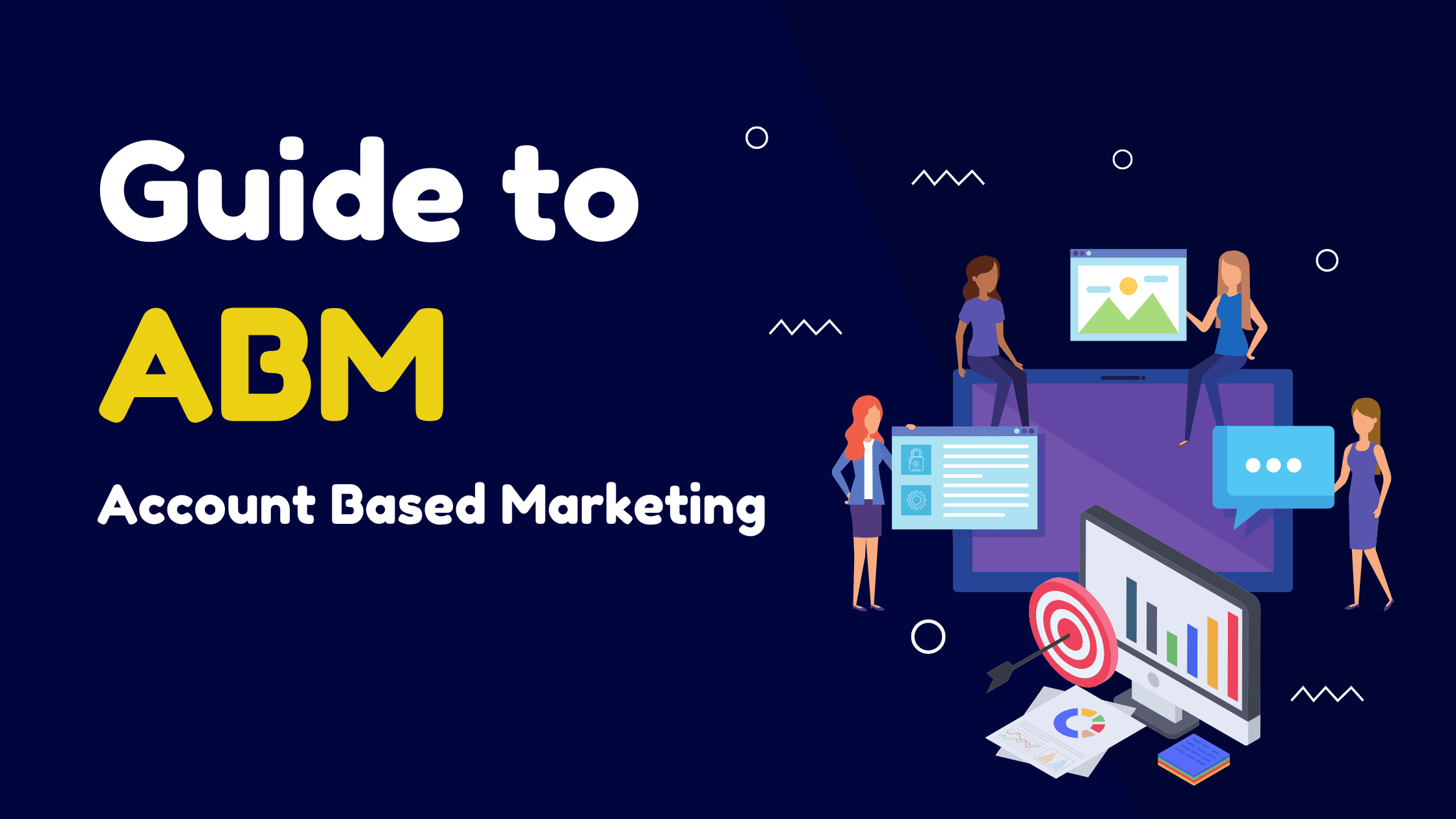
Why Intent Data is the Secret Weapon for ABM Success
January 11, 2024
From Views to Revenue: Monetizing Your Business Through Strategic Video Advertising
January 11, 2024
In order to create a successful account-based marketing team, it is crucial to employ various marketing strategies that cater to different clients, markets, products, and mediums. Account-based marketing, in particular, plays a vital role in this process. This term refers to the practice of allocating substantial resources to specific high-value accounts, with the aim of addressing their needs directly and prioritizing those who are most likely to make a purchase. To gain a comprehensive understanding of account-based marketing tactics, continue reading.
Building a successful account-based marketing team requires careful planning, strategic thinking, and the right set of skills. To create a killer team, there are a few essential tips that every organization should keep in mind. First and foremost, it is crucial to assemble a diverse group of professionals who possess expertise in different aspects of marketing, sales, and customer relationship management.
This variety of skills ensures a well-rounded team capable of tackling various challenges that may arise during the k process. Additionally, it is important to foster a collaborative and communicative environment where team members can exchange ideas and insights freely. Encouraging open dialogue helps to generate innovative strategies and enhances the overall effectiveness of the team.
Moreover, providing continuous training and development opportunities for the team members is essential to keep up with the ever-evolving marketing landscape. Staying ahead of industry trends and technologies is crucial for delivering top-notch results.
Lastly, having a clear vision and goal is paramount. A well-defined objective will help guide the team’s efforts and enable them to optimize their performance. By following these essential tips, organizations can build a killer account-based marketing team that is well-equipped to drive growth and success.

Wondering about the perks of account-based marketing?
Well, account-based marketing is like having a targeted plan for B2B marketing. It means putting extra effort into those key accounts that are most likely to turn into successful sales.
Let’s dive into the advantages of this approach:
1. Boosted Efficiency: When we target specific accounts, we use our time and resources more wisely. No more wasting time and money on leads that might not lead to a sale.
2. Bigger Return on Investment (ROI): Compared to other marketing strategies, account-based marketing gives us a better bang for our buck. It’s focused and, therefore, super effective at bringing in quality leads.
3. Improved Relationships: We’re not just here for a quick sale; we want lasting connections. With account-based marketing, we really get to know our customers—understanding their needs and what bothers them. It’s the secret sauce to building stronger relationships.
4. Sales on the Rise: The main game with account-based marketing is to up our sales. By going after those key accounts and forming solid relationships with our customers, we’re not just expanding our sales pipeline; we’re closing more deals.
Now, let’s talk about the flip side:
The Downsides?
Well, account-based marketing might not be the golden ticket for every business. It needs a top-notch coordination dance between the sales and marketing teams, which isn’t a walk in the park. And let’s be real, it can take some time before we start seeing results.
So, while account-based marketing is fantastic, it’s not a one-size-fits-all solution. It’s crucial to weigh the pros and cons before deciding if this approach is the right fit for your company.
Measuring the Success of Account-Based Marketing
The aim of Account-based marketing is to increase revenue from key accounts by offering personalized attention and tailored solutions. So, how do you gauge the success of your account-based marketing strategy? Let’s break it down into three essential metrics:
1. Engagement Rate: This metric tracks how frequently your target accounts engage with your content and communications. To calculate, divide engaged contacts by the total contacts in your database. The higher the engagement rate, the better the interaction.
2. Conversion Rate: This metric shows how often your target accounts take desired actions, like signing up for a free trial or requesting a demo. Calculate by dividing converted contacts by the total contacts in your database. A higher conversion rate indicates better success.
3. Revenue Growth: Measuring the increase in revenue from your ABM efforts, compare revenue from target accounts in the current period to the previous one. Higher revenue growth signals improved success.
By monitoring these three metrics, you can assess the effectiveness of your account-based marketing and make necessary adjustments for better results.
Solving Problems with Account-Based Marketing
Account-based marketing proves highly effective in addressing specific challenges faced by companies:
1. Difficulty Targeting High-Value Accounts: ABM enables a focus on the most valuable accounts, ensuring optimal resource utilization.
2. Low Conversion Rates: By adopting a targeted approach, account-based marketing boosts conversion rates, leading to more closed deals.
3. Lack of Visibility into Account Activity: With ABM, you gain better visibility into active and inactive accounts, helping you prioritize your efforts effectively.
If you’re grappling with these issues, account-based marketing could be the solution you’ve been searching for.


